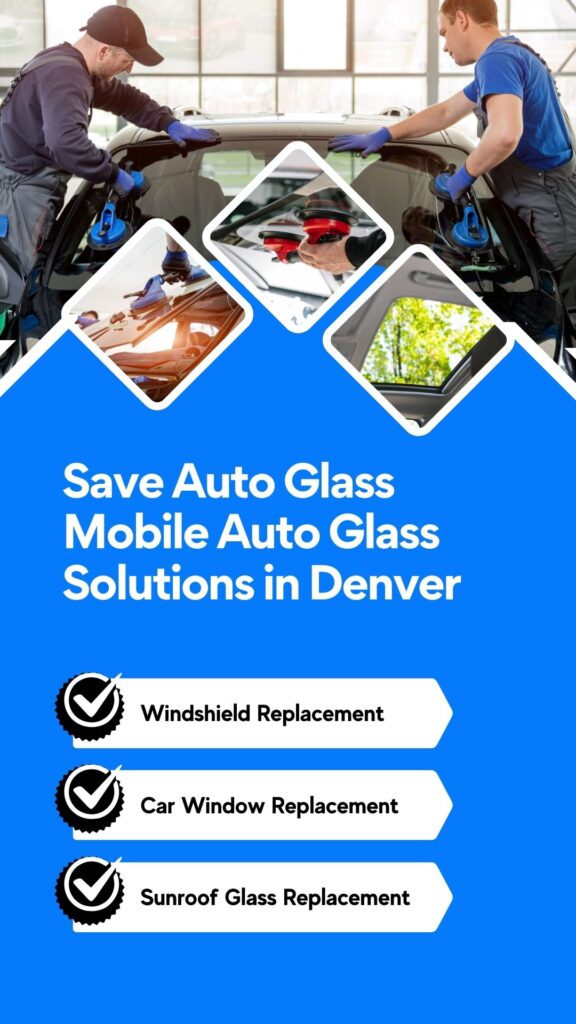Mastering Windshield Repair: The Ultimate DIY Guide
Ensuring a clear view while driving is crucial for safety. Windshield repair is a practical skill that every car owner should consider mastering. Whether you’re facing small chips or larger cracks, this guide will help you tackle windshield issues efficiently.
Understanding Windshield Damage
Cracks and chips can occur due to several factors, including debris, temperature changes, and minor accidents. It’s essential to assess the severity of the damage before attempting a repair. Small chips can often be managed with DIY solutions, while significant cracks might require professional attention or even a full windshield replacement.
Types of Windshield Damage
Chips: These are small, usually under an inch, and are the result of debris impact. Prompt repair can prevent further spreading.
Cracks: Can vary in length and origin. Horizontal cracks can be particularly challenging and may require professional assistance.
Bullseye: A round chip that resembles an eye. It is one of the most common forms of damage.
Identifying the type of damage will determine the steps for repair or replacement.
DIY Windshield Repair Tips
Before starting any DIY project, gather the necessary tools. You will need:
- Windshield repair kit
- Glass cleaner and paper towels
- Safety gloves
- Razor blade or sharp tool
These items can often be found in automotive stores or online.
Step-by-Step Repair Process
1. Clean the damaged area: Use a glass cleaner and a paper towel to ensure the surface is free of dirt and debris. This step is crucial for the repair resin to adhere properly.
2. Prepare the repair kit: Follow the instructions provided with the kit. Most kits include resin, an applicator, and curing strips.
3. Apply the resin: Place the applicator over the damage and inject the resin. Ensure it completely fills the chip or crack.
4. Cure the resin: Allow the resin to harden. This process usually involves placing a curing strip over the repair and leaving it in direct sunlight.
5. Remove excess resin: Use a razor blade to gently scrape away any excess resin from the surface.
The above steps should restore the clarity of the glass and prevent further damage. For expansive cracks or if the damage obstructs the driver’s view, explore professional options like windshield replacement.
Preventing Windshield Damage
Prevention is better than cure. Here are some tips to reduce the risk of windshield damage:
- Avoid driving close to heavy vehicles, as they can throw up debris.
- Park in shade or a garage to protect from extreme temperatures.
- Inspect your windshield regularly for damage.
Being proactive can save time and money in the long run.
When to Seek Professional Help
While DIY repairs can be effective for minor issues, some situations require expert intervention. Consider professional help if:
- The crack affects the driver’s line of sight.
- The damage spans a large area.
- The break reaches the edge of the windshield.
Professional services can ensure the safety and integrity of your vehicle. For expert solutions, check out professional windshield services in your area.
The Benefits of Professional Windshield Repair
Professionals have access to specialized tools and resins that can handle extensive damage. Additionally, they have the expertise required for more complicated repairs. This can extend the life of your windshield significantly, ensuring a safer driving experience.
If you’re interested in learning more about detailed windshield repair tips, consider checking out this comprehensive guide on Popular Mechanics.
In conclusion, taking care of your windshield is essential. Whether you opt for DIY repair or professional services, addressing windshield damage promptly will enhance safety and prolong the life of your vehicle.





